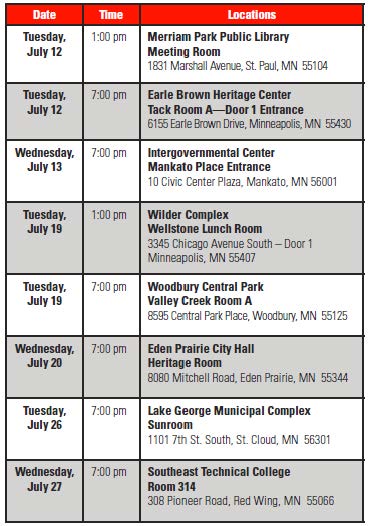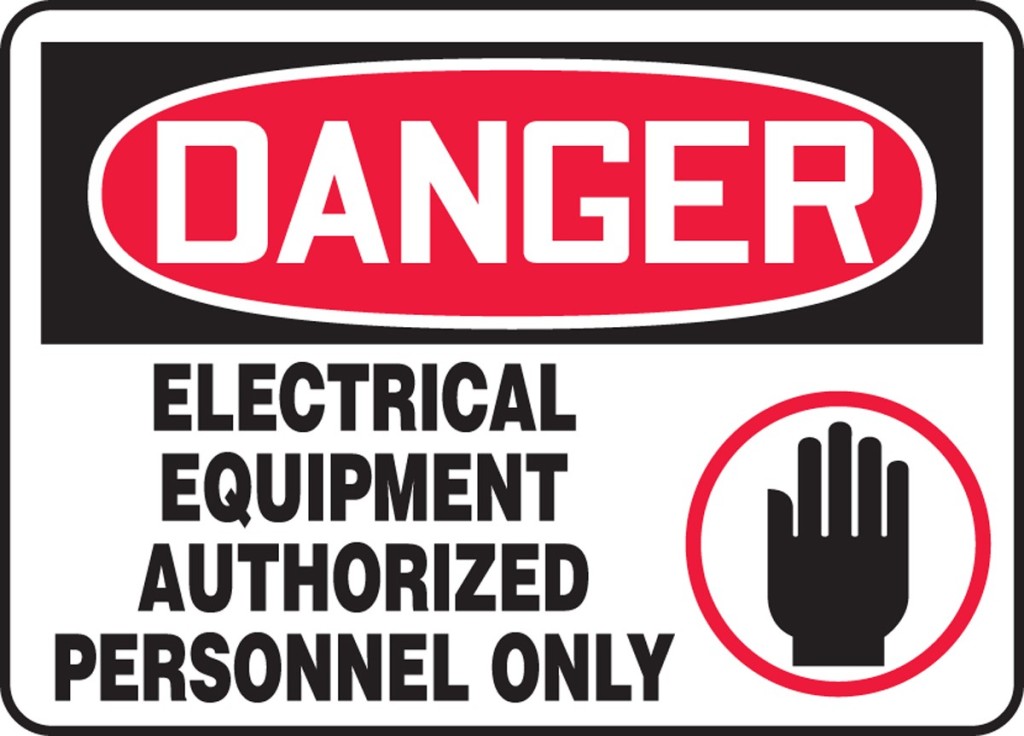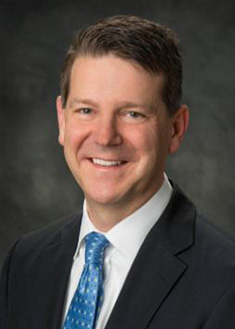Public Hearing Schedule for Xcel Rate Case
May 9th, 2016
The Public Utilities Commission has approved the Public Hearing Notice for the Xcel Energy Rate Case to be included in bills and publicized where ever. We’ve got some notice to get prepared:
Lo and behold, there’s one scheduled for Red Wing!! Thanks for small favors…
What are the issues in the rate case? Check the docket by going HERE TO PUC SEARCH DOCUMENTS PAGE, and search for docket 15-826.
A couple of things you might find interesting, I did, are some of the Direct Testimony filings.
In addition to whining about the grid being only 55% utilized (ummm, yes, we knew it wasn’t needed, but you went ahead and built it and now want us to pay through the nose, or other orifices, for your transmission for market export? ppppppbbbbbbft!), here’s the issue — prices have fallen, the market is down, down, down, and we’re conserving, using less, and so now they want us to pay more to make up for it, oh. Recap: Xcel Energy wants us to pay for the transmission over our land for their private profit, they want us to pay more because we’re using less, and they want us to make up for their poor business decisions… yeah, great idea.
This rate case and rate increase request is in large part transmission driven. Xcel wants to move from cost based rates to formula rates, and they want to shift transmission costs from the Construction Work in Progress recovery that was part of the deal leading to the 2005 Ch 97 – Transmission Omnibus Bill from Hell, with transmission perks, CWIP and Transmission Only Companies.
And then there’s the e21 Initiative, Xcel Energy’s effort leading up to the 2015 legislative session, and it seems that with the exception of AARP, only those who signed on to the e21 “Consensus” are allowed to intervene.
Great…
Lo and behold, there’s a public hearing scheduled for Red Wing!! Thanks for small favors… Mark the hearings on your calendar and show up. Before hand, do a little reading!
Xcel objects to No CapX and Overland intervention
January 5th, 2016
Yesterday at the Xcel Energy rate case prehearing conference, Xcel’s attorney, Eric Swanson, stated that they’d be objecting to the No CapX 2020/Overland intervention. Just after that prehearing conference ended, their objection was filed:
Good idea, Xcel….
What do other Petitions for Intervention look like? What other Objections has Xcel made to Interventions? What do Petitions for Interventions that have been granted by an ALJ look like? Let’s compare…
Recently, Xcel Energy’s Chris Clark, who I’d been working in tandem with years ago when he was just lowly corporate counsel cohort opposing the legislatively mandated Power Purchase Agreement for the Excelsior Energy Mesaba Project said, “I just don’t understand why the transmission side hates you so!” (rough, not exact quote).
Well, Chris, I guess you’re gonna find out.
I presume that this is just a way to eliminate anyone that they haven’t bought off in the course of that “e21 Initiative” where they “reached consensus” about wanting a business-plan based multi-year rate plan — many of the usual suspects were NOT present at that Prehearing Conference and there’d only been two Interventions filed prior to the Prehearing Conference, and only one filed since.
Yeah, great idea. I testified against that effort at both Senate and House committees, where the room was backed full of those who’d “reached consensus” and they were all S-I-L-E-N-T as Sen. Marty and Rep. Garofalo ushered that bill through. SHAME! Will they show up for the rate case, and what position might the take? Certainly not anything challenging the “Multi-Year Rate Plan.”
There was an interesting twist too. I’d brought up that under Minn. Stat. 10A.01, Subd. 2, participation on a rate case is deemed lobbying, and requires registration and reporting when/if the thresholds are met, and requested that this requirement be addressed in the Prehearing Order. The ALJ clearly knew nothing about it.
Minn. Stat. 10A.01, Subd. 2. Administrative action.
“Administrative action” means an action by any official, board, commission or agency of the executive branch to adopt, amend, or repeal a rule under chapter 14. “Administrative action” does not include the application or administration of an adopted rule, except in cases of rate setting, power plant and powerline siting, and granting of certificates of need under section 216B.243.
I’d noted in the discussion that the lobbying statute is typically noted in the Commission’s referral to OAH, and thankfully, on the record, I’d thought to look at that Order, and there it was, p. 7:
And I noticed that Eric Swanson was very, very quiet during that discussion. HE is the one who charged me with not registering as lobbyist in the Not-so-Great Northern Transmission Line case, as attorney for Minnesota Power. That was such a low budget virtually pro bono operation that there’s no way either RRANT or I would meet the thresholds for registering or reporting. That gambit of his was just more harassment, trying to limit legitimate critique of their project and process.
So now, for a response to that Objection to Intervention of No CapX 2020 and Overland…
Minnesota nuclear plants in the news
March 5th, 2015
 That’s Prairie Island Nuclear Generation Plant behind Kenya…
That’s Prairie Island Nuclear Generation Plant behind Kenya…
Two nuclear issues in today’s news, one at Prairie Island and one at Monticello.
Prairie Island in the Beagle:
Prairie Island Unit 2 safely shut down; operators investigating fire alarm
And in the STrib:
At Monticello, it seems there are recurring security problems, in the St. Cloud Times:
Feds continue stepped-up oversight of Monticello plant
And in the STrib:
The plant is committed to making safety improvements, Gardner said.
And here’s the Forum view of the Senate Environment and Energy Committee hearing on repealing the nuclear moratorium — no mention whatsoever of Dr. Arjun Makhijani:
Nuclear power moratorium debate returns
Another Allis nuclear plant
March 8th, 2012
Alan’s been digging around looking at the old nuclear demonstration plants, particularly since my father worked on the Elk River plant in Minnesota, now decommissioned. and lo and behold, Genoa is/was another Allis-Chalmers nuclear plant, although it’s a different branch of the family:
How bizarre…
And now for something a little more current:
Don’t forget that our Monticello GE reactor is similar to Fukushima reactors. Enough about upgrades – SHUT THEM DOWN!
Nuclear Waste in Minnesota Granite!
December 27th, 2011
Thanks to a reporter (THANK YOU THANK YOU THANK YOU!!!), I’ve got the recently release Sandia report:
Granite Disposal of U.S. High-Level Radioactive Waste – Sandia National Laboratories
This was released in August 2011. It’s making the rounds now.
Here’s the part that really scares me, right there on the first page:
Unlike the safety analyses for disposal in salt, shale/clay, or deep boreholes, the safety analysis for a mined granite repository depends largely on waste package preservation. In crystalline rock, waste packages are preserved by the high mechanical stability of the excavations, the diffusive barrier of the buffer, and favorable chemical conditions. The buffer is preserved by low groundwater fluxes, favorable chemical conditions, backfill, and the rigid confines of the host rock. An added advantage of a mined granite repository is that waste packages would be fairly easy to retrieve, should retrievability be an important objective.
Yes, it’s on page one (do I even want to read past page one? NOOOOO). What’s scary about that? Well, back in “Nuclear Waste Daze” representing Florence Township, I learned more than I wanted to know about “waste package preservation,” specifically a lot about weld flaws, about loading “ignition events”because they hadn’t considered the impacts of zinc and boric acid:
On May 28, 1996, a hydrogen gas ignition occurred during the welding of the shield lid on a ventilated storage cask (VSC-24) multi-assembly sealed basket (MSB). The gas ignition displaced the shield lid (weighing about 2898 kilograms [6390 pounds]), leaving it in place but tipped at a slight angle, with one edge about 7.6 centimeters [3 inches] higher than normal.
The loaded VSC-24 multi-assembly transfer cask (MTC), a shielded lifting device used to transfer the MSB loaded with spent fuel to the ventilated concrete cask, had been placed in the cask decontamination work area in the auxiliary building. Approximately 114 liters [30 gallons] of borated spent fuel pool water had been drained from the MSB to facilitate welding of the shield lid, creating an air space below the lid. The hydrogen gas ignition occurred during the initiation of the shield lid welding, approximately 11 hours after the loaded MTC had been removed from the spent fuel storage pool.
And then there’s the inability to unload a cask once it’s been loaded and used for storage for a while. for a Three Stooges HILARIOUS (if the truth wasn’t so scary) report on trying to unload a cask, “oops, an assembly is warped, oops, got stuck pulling out, oops, what to do, oops, let’s just ram it back in and put the cover on” at INEL:
The possibility of revival of the notion of storing nuclear waste in the Minnesota granite, and granite anywhere, is more than I want to think about.
Here’s a fun video with some shots that Northern States Power showed us back in the NSP sponsored “Task Force” prior to their application(we’re talking late 1994-early 1995 here), to show us how safe casks are:
Homer, you work at a nuclear plant – what do you think?









